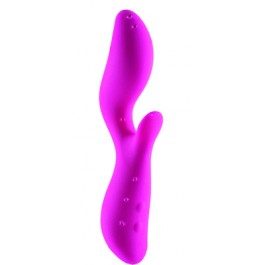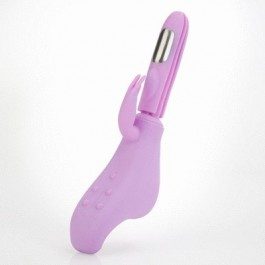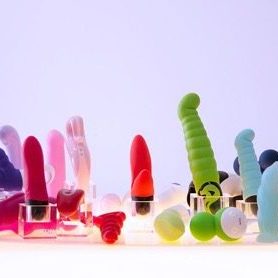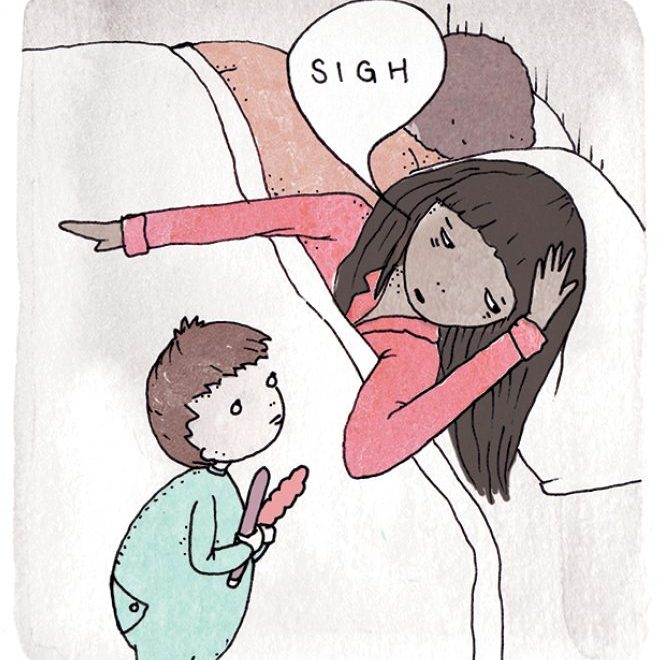 Marilyn Monroe told us that diamonds were a girl’s best friend, but I think a strong case could be made that the honour of that title should go to the vibrator.
Marilyn Monroe told us that diamonds were a girl’s best friend, but I think a strong case could be made that the honour of that title should go to the vibrator.
Vibrators are certainly popular, with a survey by Indiana University (Journal of Sexual Medicine, 2009) finding that 53 per cent of American women had used vibrators in their lifetimes.
Are they as popular in Australia? I ask Chris, Managing Director of the successful Melbourne-based online adult toy store SexToys247.net.au.
“Oh yes,” Chris says. “Easily 50 per cent of our sales are vibrators. With over 2 million sold in Australia every year, vibrators designed for women are by far the most popular of all sex toys. Four of our top five selling products are vibrators of one sort or another.”
Interestingly, vibrators didn’t start out as toys for sexual pleasure, but rather as medical aids.
Way back in the Victorian era, physicians were offering their female patients ‘stimulation therapy’ for ‘hysteria’. In those days, the ideal woman had little sexual appetite and women were socialised to believe that they weren’t capable of sexual desire; that sex wasn’t something they were supposed to enjoy. Women were expected to endure their husband’s attentions passively for the sole purpose of keeping him happy and bearing him children.
Not surprisingly, these attitudes meant that a large number of women were incredibly sexually frustrated. They complained to physicians of anxiety, sleeplessness, irritability, nervousness, erotic fantasies, feelings of heaviness in the lower abdomen, and wetness between the legs.
The condition became known as ‘hysteria’, from the Greek for uterus. Masturbation couldn’t be encouraged, because it was considered terribly bad for a woman’s health to ‘self-abuse’, but physicians could massage a woman’s clitoris until she achieved ‘paroxysm’. Paroxysm. Not orgasm. Because according to the conventional wisdom of the times, women weren’t capable of having orgasms.
Physician-assisted paroxysm was, perhaps unsurprisingly, incredibly popular with Victorian women, but it caused the poor physicians terrible hand-strain. So physicians began to experiment with mechanical gadgets. These included water-driven gadgets and steam-driven dildos, which were hot and steamy and not in a good way.
Late in the nineteenth century, the first electrical appliances began to appear and in 1880, ten years before we got the vacuum cleaner, English physician Dr Joseph Mortimer Granville patented the electromechanical vibrator. He reportedly named it ‘The Hammer’—which seems rather apt, because it did look more like a tradesperson’s tool than an instrument of sexual pleasure. It certainly bore little resemblance to its modern equivalents, like, for example, the Swan 7, part of the Swan Premium line:
Needless to say, aspiring entrepreneurs quickly saw a market and before too long the physicians were largely out of the paroxysm business, with women able to purchase these ‘personal massage’ devices to use at home.
Unfortunately for women, during the 1920s vibrators began showing up in pornographic films, which once again made them socially unacceptable, and they remained unacceptable and hard to find until the 1970s.

The sexual revolution of the 1960s and 70s brought the topic of women’s sexual pleasure to the forefront of popular discussion. Women were empowered to explore their own sexuality and still-radical ideas, such as sex being a positive, healthy practice that women should enjoy, began to become more common. Vibrators were still frequently sold as ‘marital aids’, but there was a growing acceptance of the idea that these toys were for sexual pleasure and they didn’t need to hide behind a ‘medical’ veneer.
In fact, these days, products that start life as medical aids are all too happy to embrace the ‘sex toy’ label. The Intensity Kegel Exerciser is an excellent example of this. The device was developed by medical professionals in 2012 to help women strengthen their pelvic floor muscles, primarily with a view to aiding in the treatment of urinary incontinence.
During the product’s testing phase, several women reported that they experienced intense orgasms while using the exerciser. The medical team quickly saw the potential for a fantastic sex toy, so they took the concept to sex toy manufacturer Jopen, who suggested they add a g-spot stimulator. The end result is a toy that can not only strengthen the pelvic floor muscles that are essential to a woman’s sexual health, but can also hit almost every erotic area of a woman’s body simultaneously, creating powerful, intense orgasms.
We’ve certainly come a long way from the days when vibrators were dismissed as a ‘masturbatory machine’ for ‘sexually dysfunctional females’ (The Journal of Popular Culture, 1974).




